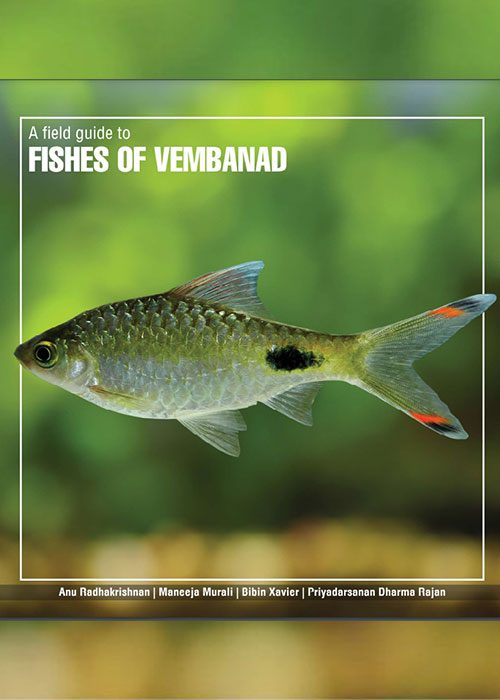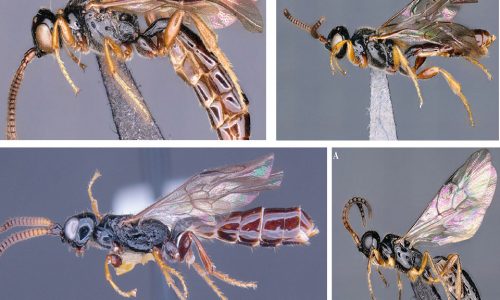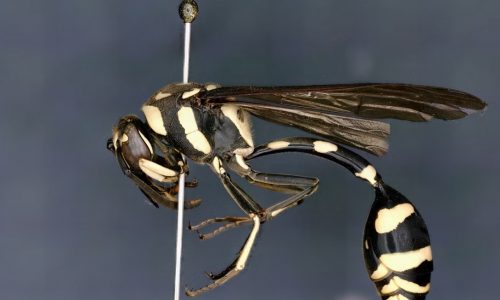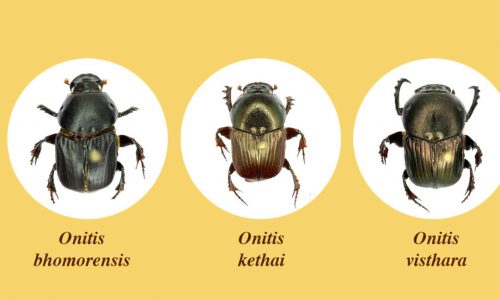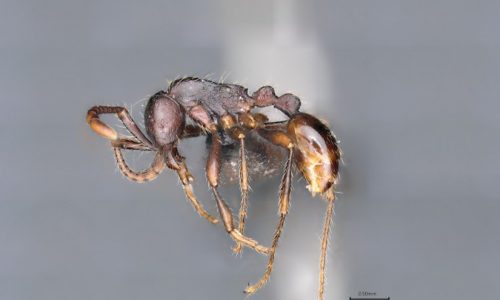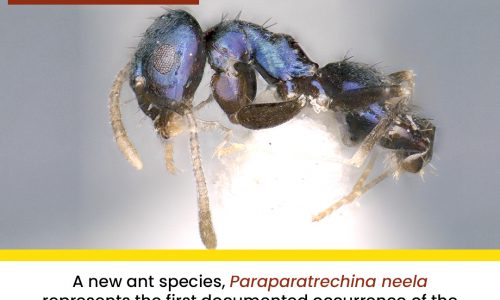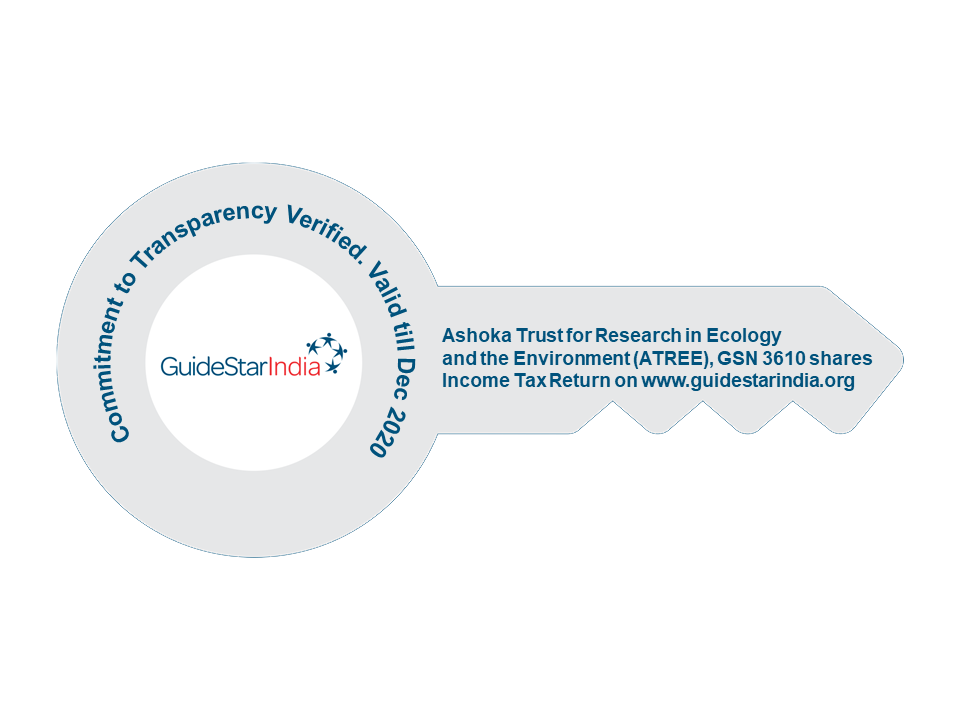Anu Radhakrishnan, Maneeja Murali, Bibin Xavier, Priyadarsanan Dharma Rajan
Vembanad estuarine system is one of the most beautiful and large humid tropical wetland ecosystems in the southwest coast of India. The veritable presence of numerous canals and streams along with the legendary backwaters, and the never- ending panorama of lush green paddy fields, towering coconut trees, mangroves and birdlife make it a delightful destination for tourism. This unique backwater ecosystem is spread across three districts of the south Indian state Kerala- Alappuzha, Kottayam and Ernakulum. Being an important resource area, it supports the livelihoods of more than a million people living on its banks. Fishing and allied industries, tourism, coir retting, duck farming and agriculture are the major livelihood activities on the lake. Kuttanad region, the southern portion of the Vembanad wetlands is known as the ‘rice bowl of Kerala’ and has been declared as a Globally Important Agricultural Heritage System (GIAHS) for below sea-level farming. The four rivers Meenachil, Achankovil, Manimala and Pampa, originating from the Western Ghats make it an ‘inland fish basket. Considered a lifeline of this area nearly 1.6 million people depend on the lake for their sustenance.

